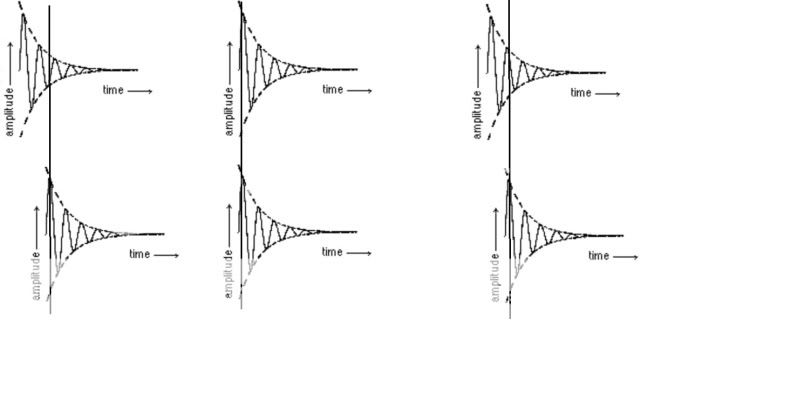Alright, what I might do to satisfy most comers is split the time alignment stuff into its own space, introduce the phase correction tools as an option, but at heart suggest simple channel phase inversion as the best option for most situations, provided the drums have been tracked well.
This is consistent with what I've seen in the past, where people ultimately tend to have some differing ideas on how to tackle drum tracking & phase, especially in regards to overheads. I'll try to cover most bases, and introduce them as such. Just as an added note, the transient alignment I proposed originally has worked well for me, quite recently in fact, and not a single person has ever come up and said 'hey, the phase on those drums is screwy!'. So be fair, and be open to all approaches
This is consistent with what I've seen in the past, where people ultimately tend to have some differing ideas on how to tackle drum tracking & phase, especially in regards to overheads. I'll try to cover most bases, and introduce them as such. Just as an added note, the transient alignment I proposed originally has worked well for me, quite recently in fact, and not a single person has ever come up and said 'hey, the phase on those drums is screwy!'. So be fair, and be open to all approaches



